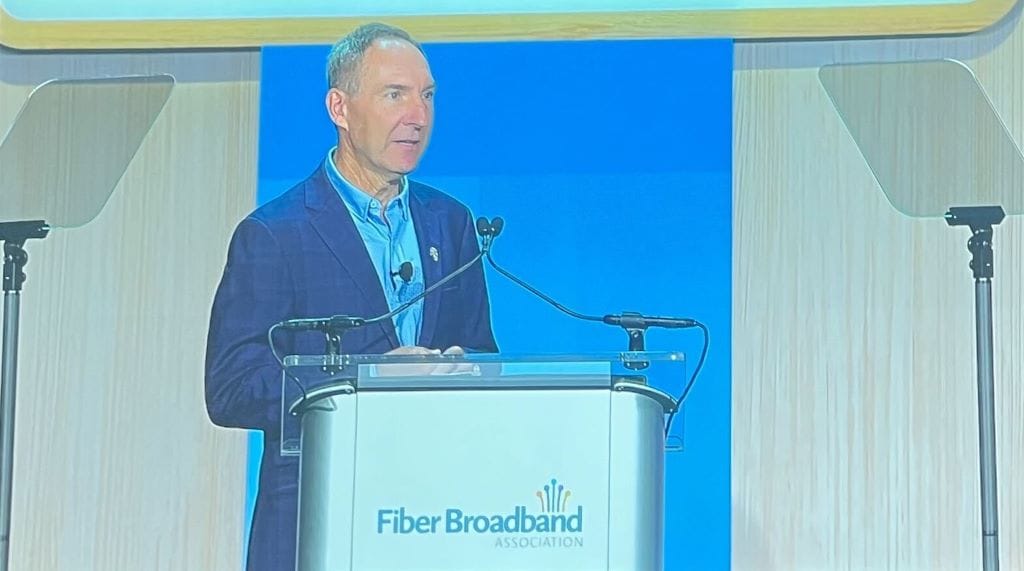Fiber Broadband Association Announces High Cost Area Planning Tool for BEAD Projects
The model allows states to test various inputs and visualize the implication of different cost thresholds.
Teralyn Whipple

ORLANDO, Florida, August 21, 2023 – The Fiber Broadband Association and communications consulting firm Cartesian announced Monday at Fiber Connect their BEAD Threshold Financial Model that seeks to help states calculate their extremely high cost-per-location threshold for fiber broadband deployments under the Broadband Equity, Access and Deployment program.
The $42.5-billion program allocates funding to states to connect every unserved and underserved location in their jurisdictions. BEAD regulations direct states to expend program funds for all fiber deployments except in the highest cost areas, where alternative broadband technologies can be used instead. States determine where their “extremely high-cost threshold” is set.
FBA and Cartesian’s financial model “leverages geospatial analysis to build a financial model that states can use to develop their own cost thresholds for fiber deployments.” The model provides states with a methodology for arriving at a reasonable extremely high cost threshold for their state.
According to the model, the goal is to set a threshold for each state that is high enough to maximize fiber deployments but not so high that providers do not apply or do not agree to serve all locations in the state.
The model allows states to test various inputs and visualize the implications of different thresholds. It considers the extent of fiber coverage, alternative broadband technology, and whether any funds remain for each possibility. It found that states with high BEAD awards and few expensive locations can set high thresholds, while those with funding constraints may need to set lower thresholds. It suggested, for example, that Arizona, which was allocated $993.1 million from BEAD, set its threshold at $46,000, while states like Wisconsin and Hawaii set theirs near $11,000 due to the many hard-to-reach areas in the state.
“The NTIA has just allocated $40 billion to the states, and now it is the states’ turn to use this funding to maximize fiber deployments by setting the correct EHCT. Everyone recognizes this task is critical, but also challenging. Our BEAD Threshold Financial Model addresses that challenge head-on,” said FBA president and CEO Gary Bolton. “At the end of the day, setting a reasonable threshold is essential to the success of the BEAD program and our ability to connect every American to fiber broadband service.”
The FBA also announced a series of other planning tools that FBA members can use in fiber deployment. In partnership with Broadbandtoolkit.com, it offers a suite of geospatial planning tools to visualize locations passed by fiber and other BEAD-eligible technologies, performance of those deployments, and where unserved project areas exist.
“We are thrilled to provide our members with access to these geospatial tools, so they can easily visualize the opportunities for expansion, refine their deployment strategies, and connect more communities to high-quality fiber broadband,” said Vice Present of research and workforce development at FBA, Deborah Kish.
The FBA also released its workforce development mini course that introduces career opportunities, attracts new students and builds the broadband workforce.









Member discussion